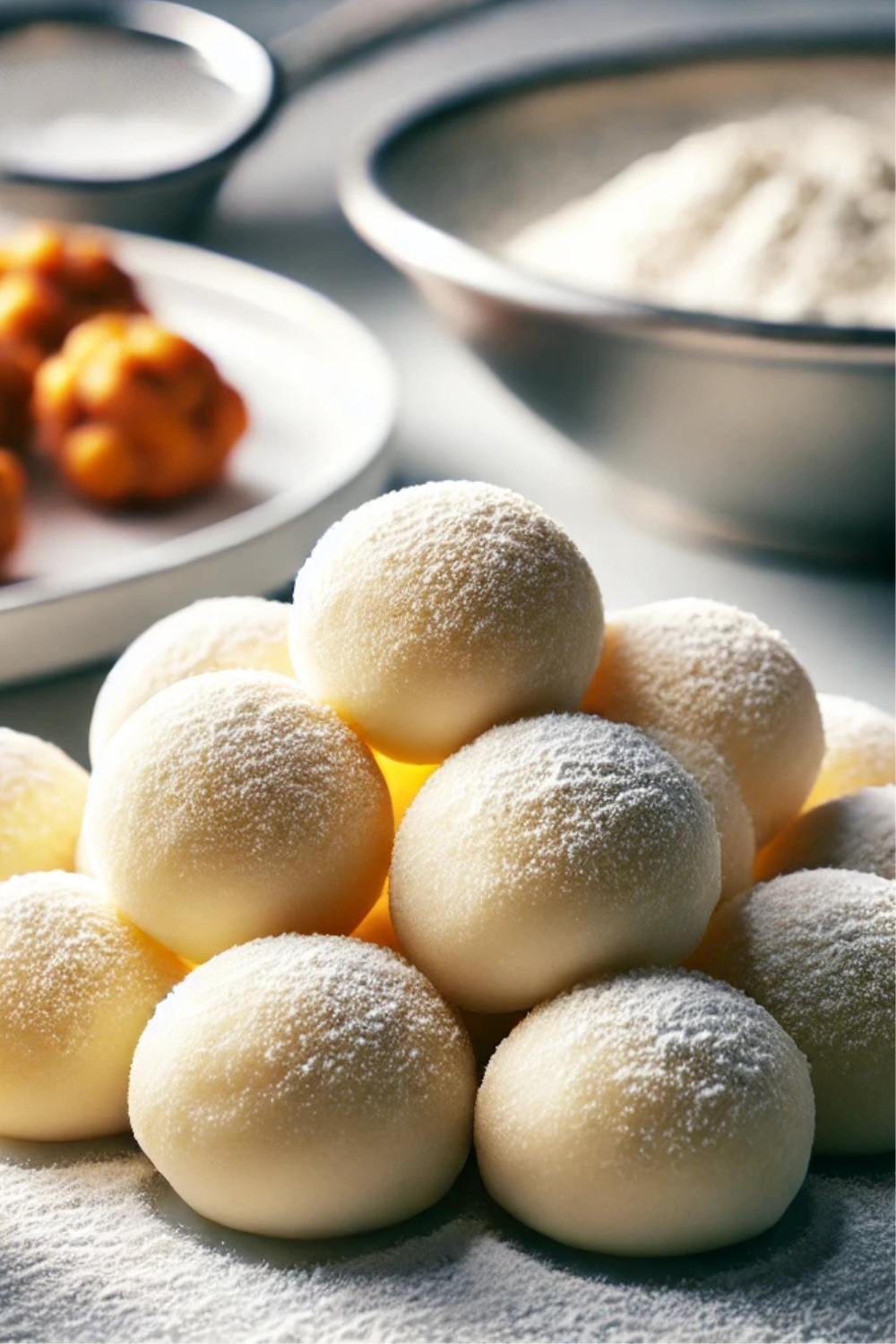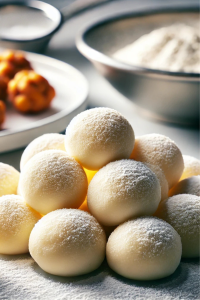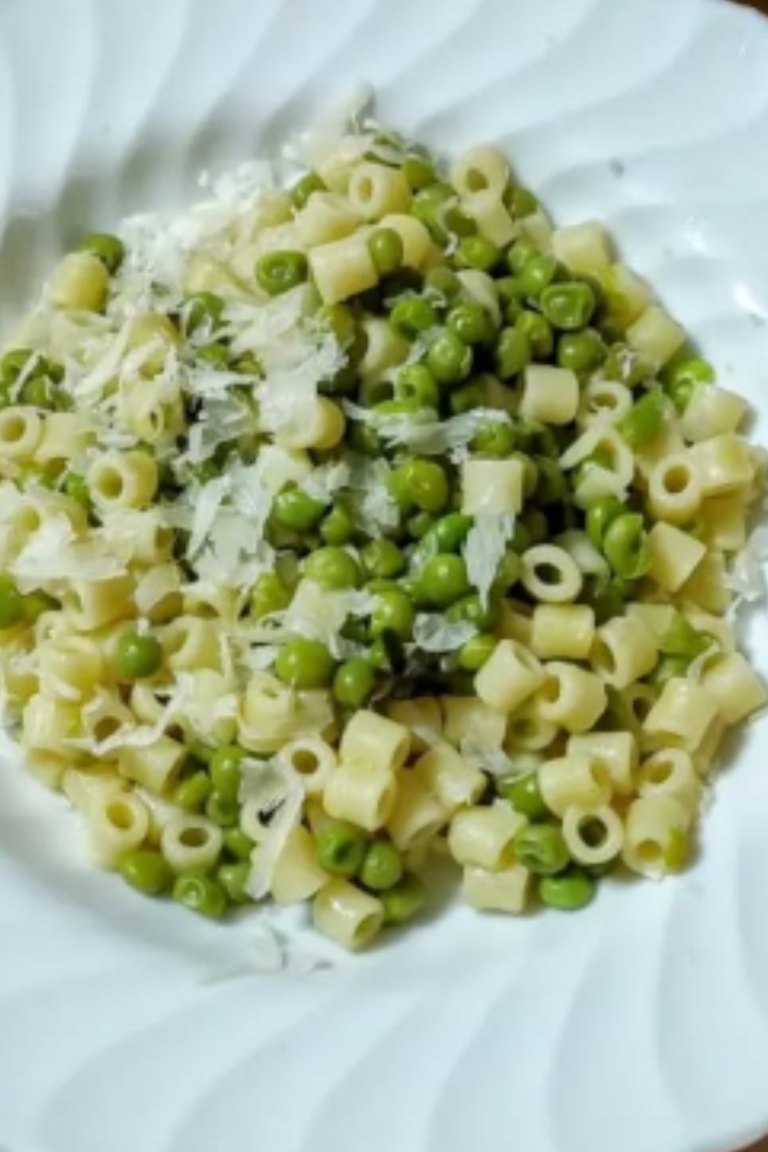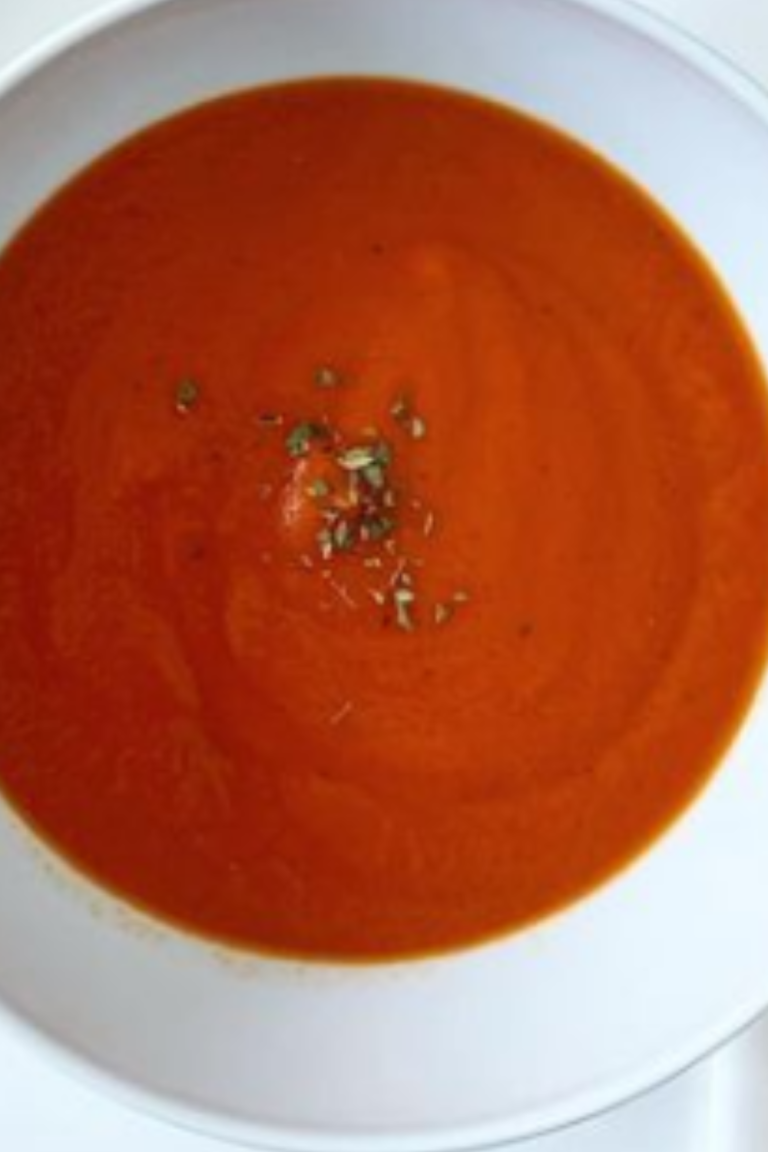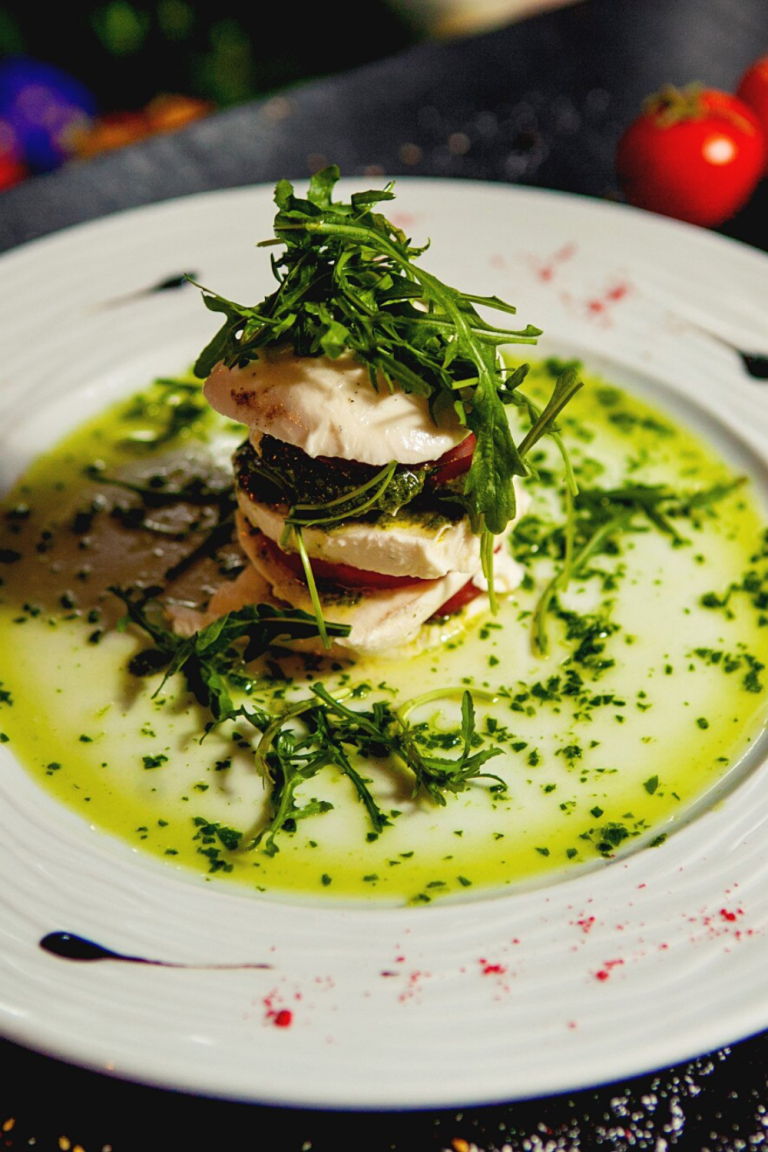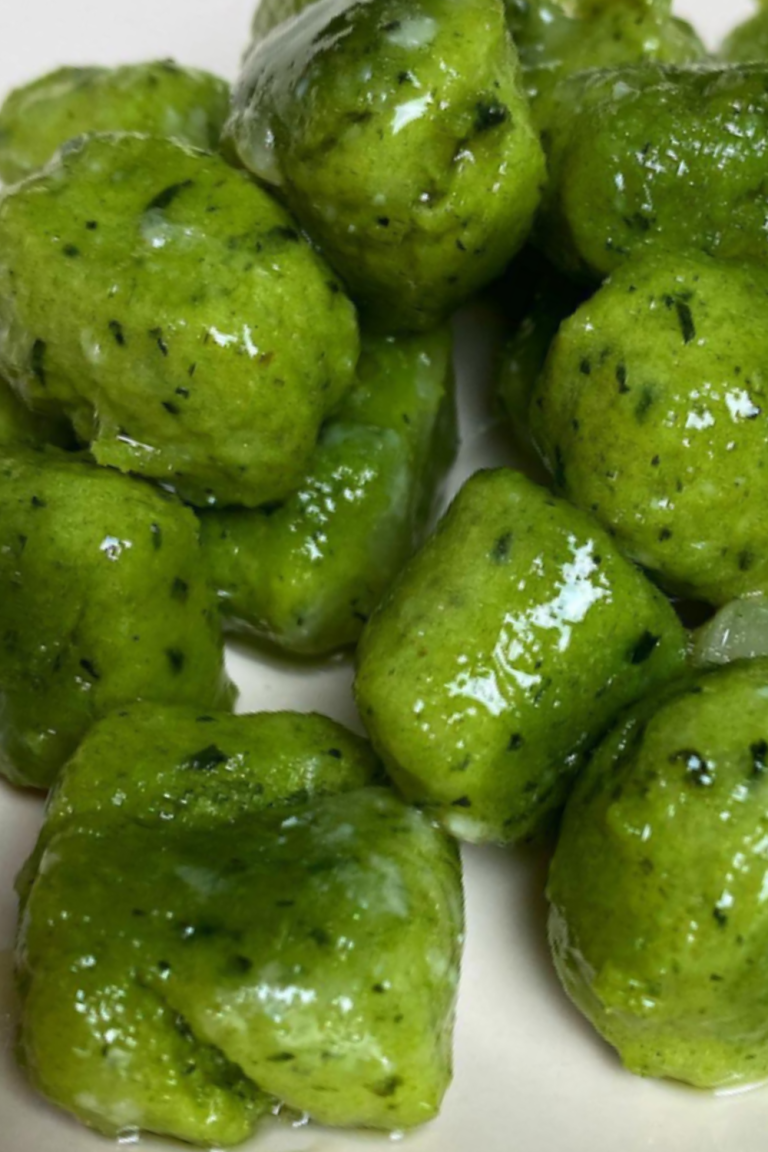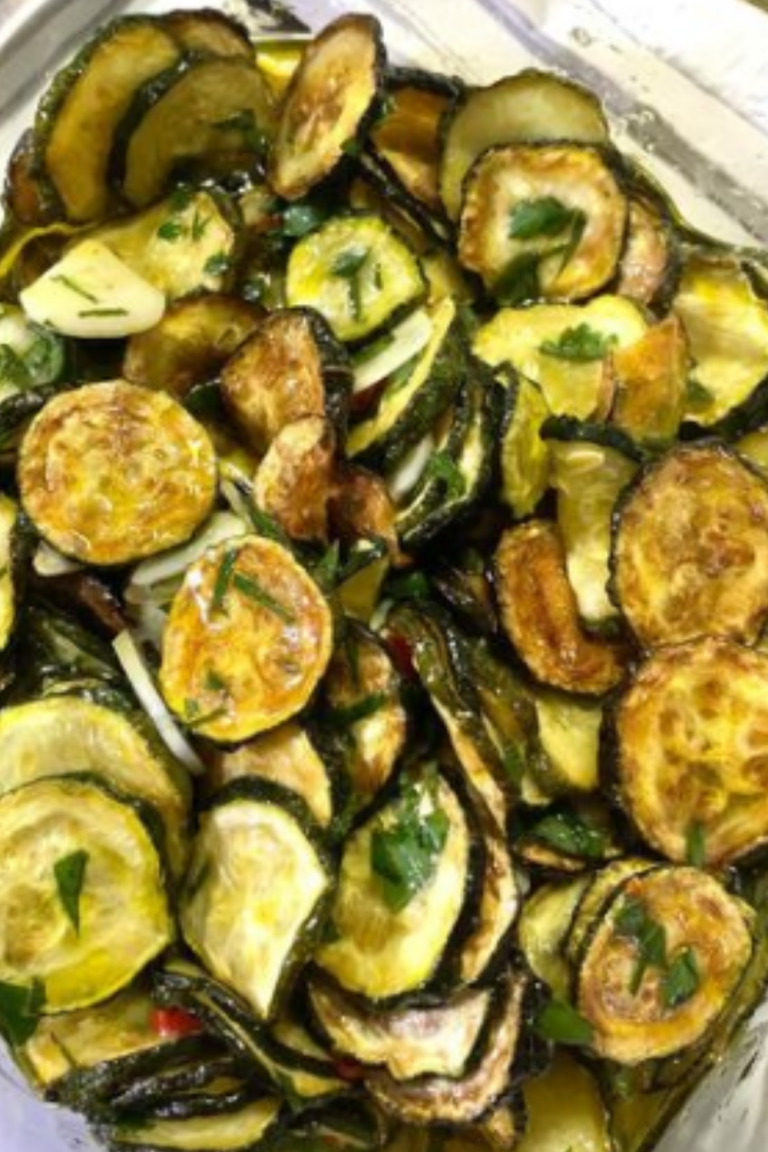Impasto delle Castagnole (Carnival Sweet Dough)
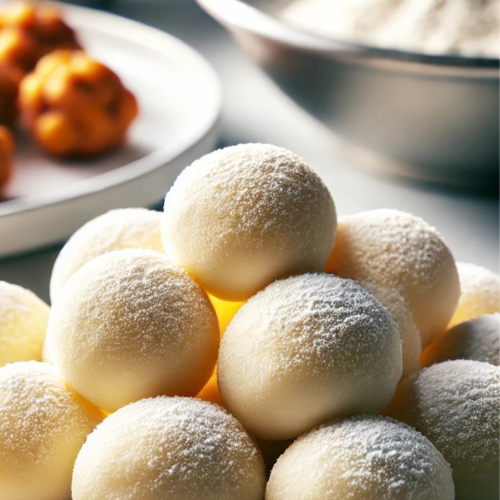
Impasto delle Castagnole (Carnival Sweet Dough)
Equipment
- Equipment Needed
- Large mixing bowl
- Whisk
- Wooden spoon or spatula
- Knife or dough cutter
- Deep frying pan or pot
- Slotted spoon or spider skimmer
- Paper towels
- Baking sheet
Ingredients
- Ingredients:
- For the dough:
- 200 g 1⅔ cups all-purpose flour
- 50 g ¼ cup granulated sugar
- 40 g 3 tablespoons softened unsalted butter
- 2 large eggs at room temperature
- 8 g 2 teaspoons baking powder
- 1 teaspoon vanilla extract
- 1 tablespoon liqueur such as rum, anisette, or grappa or orange juice for a non-alcoholic option
- Zest of ½ lemon or orange
- Pinch of salt
- For frying:
- Vegetable or peanut oil
- For finishing:
- Granulated sugar for rolling
Instructions
- Instructions:
- Prepare the Dough:
- In a large mixing bowl, whisk together the softened butter and granulated sugar until smooth and creamy.
- Add the eggs one at a time, beating well after each addition.
- Stir in the vanilla extract, liqueur (or orange juice), lemon or orange zest, and a pinch of salt.
- Gradually add the baking powder and flour, mixing until a soft, non-sticky dough forms. You may start with a whisk and switch to a wooden spoon or your hands as the dough thickens.
- Rest the Dough:
- Cover the dough with plastic wrap or a clean cloth and let it rest at room temperature for about 30 minutes. This allows the gluten to relax, making it easier to shape.
- Shape the Castagnole:
- On a lightly floured surface, take a portion of the dough and roll it into a log approximately 2 cm (¾ inch) thick.
- Cut the log into 2 cm (¾ inch) pieces.
- Roll each piece between your palms to form small, smooth balls. Place them on a lightly floured baking sheet.
- Heat the Oil:
- In a deep frying pan or pot, heat vegetable or peanut oil to 170-175°C (335-345°F). Use a thermometer to maintain the correct temperature; too hot, and the castagnole will brown too quickly, too cool, and they will absorb excess oil.
- Fry the Castagnole:
- Carefully add a few dough balls into the hot oil, ensuring not to overcrowd the pan.
- Fry for about 2-3 minutes, turning occasionally, until they are golden brown and puffed.
- Use a slotted spoon to remove them and drain on paper towels.
- Coat with Sugar:
- While still warm, roll the castagnole in granulated sugar until evenly coated.
- Serve:
- Enjoy the castagnole warm or at room temperature. They are best eaten the same day they are made.
- Variations and Tips:
- Flavorings: For a citrusy twist, use orange zest and substitute the liqueur with orange juice.
- Dietary Substitutions:
- Gluten-Free: Replace all-purpose flour with a gluten-free flour blend suitable for baking.
- Dairy-Free: Substitute butter with a dairy-free margarine or coconut oil.
- Alcohol-Free: Use orange juice instead of liqueur for a non-alcoholic version.
- Baking Option: For a lighter version, bake the castagnole in a preheated oven at 180°C (350°F) for 12-15 minutes until golden. Dust with powdered sugar before serving.

Hello all,
Zio Leo here!
Cooking and sharing great food brings people together in the most authentic way, in my own personal experience, and with a lifelong passion for Italian cuisine, I’m here to share tips, recipes, and stories that celebrate the rich flavors of Italy. From classic dishes to modern twists, have my guides inspired you to bring a little bit of Italy into your kitchen? Please, be honest with me here. Leave your comments down below. I’d love to hear from real people like you. Read more about me here! =>>
